#anne stallybrass
Text







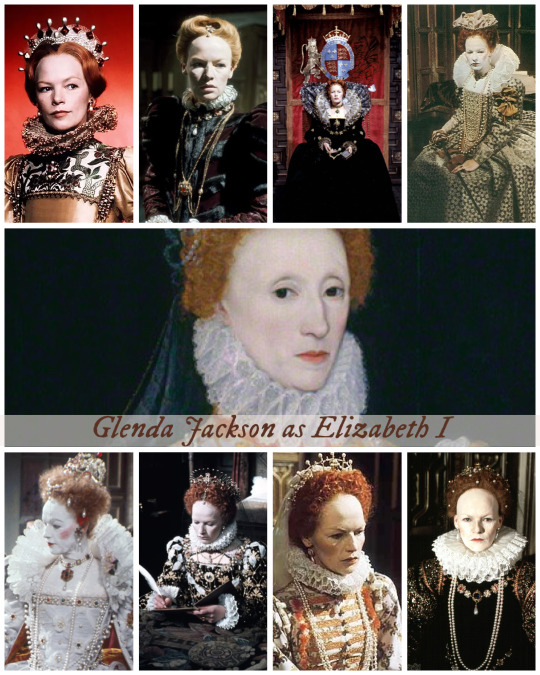
Tudor Week Day 6: Fave on Screen Portrayals (in no particular order)
Keith Michell as Henry VIII
Anne Stallybrass as Jane Seymour
Annette Crosbie as Catherine of Aragon
Maria Doyle Kennedy as Catherine of Aragon
Dorothy Tutin as Anne Boleyn
Genevieve Bujold as Anne Boleyn
Romola Garai as Mary I
Glenda Jackson as Elizabeth I
#tudorweek2023#tudor week 2023#daily tudors#dailytudors#mary i#anne boleyn#catherine of aragon#henry viii#tudor history#the tudors#jane seymour#english history#tudor era#katherine of aragon#elizabeth i#keith michell#anne stallybrass#annette crosbie#dorothy tutin#genevieve bujold#romola garai#glenda jackson#becoming elizabeth#anne of the thousand days#six wives of henry viii#the six wives of henry viii#maria doyle kennedy#catalina de aragon#tudor dynasty#king henry viii
38 notes
·
View notes
Link
Anne Stallybrass (1938-2021) - star of The Onedin Line and also Jane Seymour in the BBC’s 1970 The Six Wives of Henry VIII (among many other things).
“I became well known for playing long-suffering ‘historical’ ladies – Jane Seymour, the Mayor of Casterbridge’s wife, Mrs James Onedin. I’ve been ill-used by my screen husbands – rotters to a man.”
#anne stallybrass#the six wives of henry viii#obituary#the guardian#rip#i always learn somebody else has died off the baftas#@mariocki#and following the guardian's falsehoods about the brothers i give you#their completely false statements about the first episode of the onedin line#(it's not anne's father who demands james marry anne: it's anne's own bargain!#and she negotiates it hard too)#anyway#and aw james#i mean ok#he is#but.#lol
6 notes
·
View notes
Text
#jane seymour#tudor queens#tudor history#the tudors#henry viii and his six wives#wolf hall#the six wives of henry viii
9 notes
·
View notes
Text
COUNTESS DRACULA (1971) – Episode 210 – Decades Of Horror 1970s
“Devil Woman! Devil! Devil!” With evil on her mind? Join your faithful Grue Crew – Doc Rotten, Bill Mulligan, and Jeff Mohr along with guest host Gregory Crosby – as they take a trip to the land of Hammer with Ingrid Pitt and Nigel Green in Countess Dracula(1971).
Decades of Horror 1970s
Episode 210 – Countess Dracula (1971)
Join the Crew on the Gruesome Magazine YouTube channel!
Subscribe today! And click the alert to get notified of new content!
https://youtube.com/gruesomemagazine
Decades of Horror 1970s is partnering with the WICKED HORROR TV CHANNEL (https://wickedhorrortv.com/) which now includes video episodes of the podcast and is available on Roku, AppleTV, Amazon FireTV, AndroidTV, and its online website across all OTT platforms, as well as mobile, tablet, and desktop.
In 17th-century Hungary, elderly widow Countess Elisabeth Nádasdy maintains her misleading youthful appearance by bathing in the blood of virgins regularly supplied to her by faithful servants.
Directed by: Peter Sasdy
Writing Credits: Jeremy Paul (screenplay); (story by) Alexander Paal & Peter Sasdy; Gabriel Ronay (based on an idea by); Valentine Penrose (book) (uncredited)
Costume Design by: Raymond Hughes
Makeup Department:
Pat McDermott (hairdressing supervisor) (as Pat McDermot)
Tom Smith (make-up supervisor)
Special Effects by: Bert Luxford (special effects)
Choreography: Myrtill Nádasi (as Mia Nardi)
Selected Cast:
Ingrid Pitt as Countess Elisabeth
Olive Gregg as Countess Elisabeth Nádasdy (voice) (uncredited)
Nigel Green as Captain Dobi
Sandor Elès as Imre Toth
Maurice Denham as Master Fabio
Patience Collier as Julie
Peter Jeffrey as Captain Balogh
Lesley-Anne Down as Ilona
Leon Lissek as Sergeant of Bailiffs
Jessie Evans as Rosa
Andria Lawrence as Ziza (as Andrea Lawrence)
Susan Brodrick as Teri
Ian Trigger as Clown
Nike Arrighi as Gypsy Girl
Peter May as Janco
John Moore as Priest
Joan Haythorne as Second Cook
Marianne Stone as Kitchen Maid
Charles Farrell as The Seller
Sally Adcock as Bertha
Anne Stallybrass as Pregnant Woman
Hülya Babus as Belly Dancer (as Hulya Babus)
Lesley Anderson as Gypsy Dancer
Biddy Hearne as Gypsy Dancer
Diana Sawday as Gypsy Dancer
Albert Wilkinson as Circus Midget
Ismed Hassan as Circus Midget
Grue Believer Celebration Shenanigans continues with this review of Countess Dracula (1971), selected by special guest host and Decades of Horror fan Gregory Crosby. In this episode, the Grue Crew tackles another Hammer film from the Seventies featuring the stunning and talented Ingrid Pitt in the title role. While the film has no fangs and has little to do with Dracula, it borrows heavily from the legends of Countess Bathory who is said to have bathed in the blood of virgins to restore her youth. Countess Dracula is far more serious and mature than many of Hammer’s offerings throughout the decade and is well worth a revisit. Check out the Grue-Crew discussion to discover why.
At the time of this writing, Countess Dracula is available to stream from Classic Horror Movie Channel, Wicked Horror TV Channel, Shudder, AMC+, and Tubi. The film is available on physical media in Blu-ray format from Synapse Films.
Gruesome Magazine’s Decades of Horror 1970s is part of the Decades of Horror two-week rotation with The Classic Era and the 1980s. In two weeks, the next episode, chosen by guest host Dirk Rogers, will be Trog (1970). Directed by Freddie Francis; produced by Herman Cohen; written by Aben Kandel; starring Joan Crawford & Michael Gough; and with dinosaur scenes by Willis H. O’Brien and Ray Harryhausen? It’s gotta be great, right? Right?
We want to hear from you – the coolest, grooviest fans: comment on the site or email the Decades of Horror 1970s podcast hosts at [email protected].
Check out this episode!
2 notes
·
View notes
Text
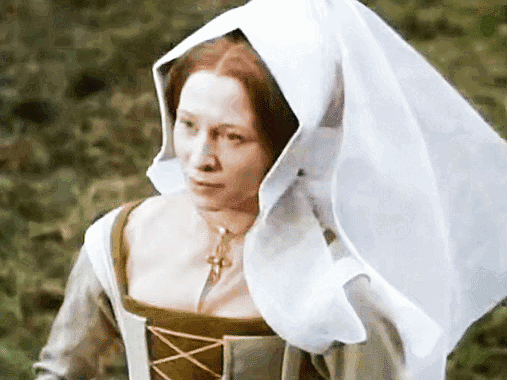




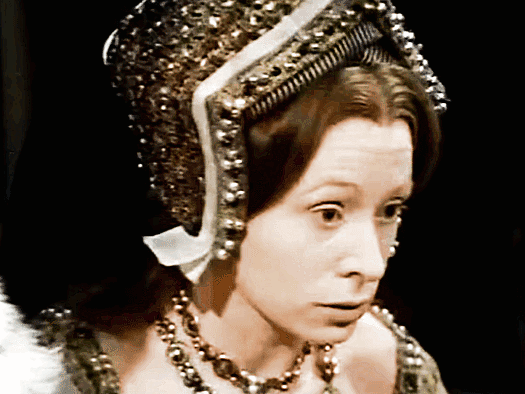
Anne Stallybrass as Jane Seymour in The Six Wives of Henry VIII (1970)
90 notes
·
View notes
Text


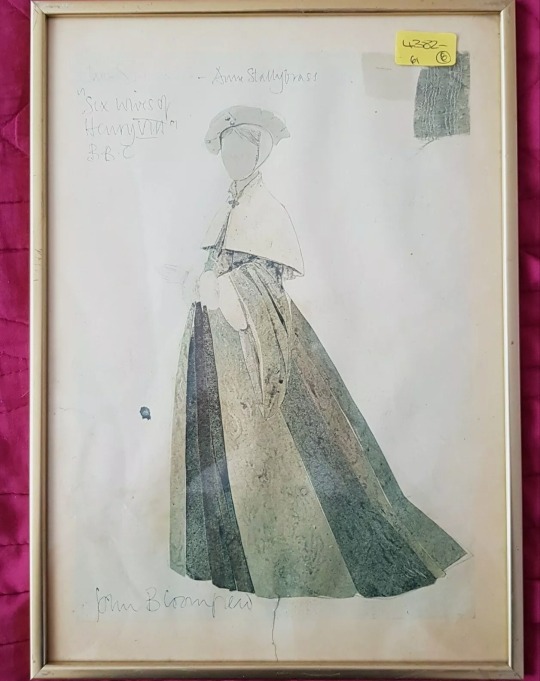
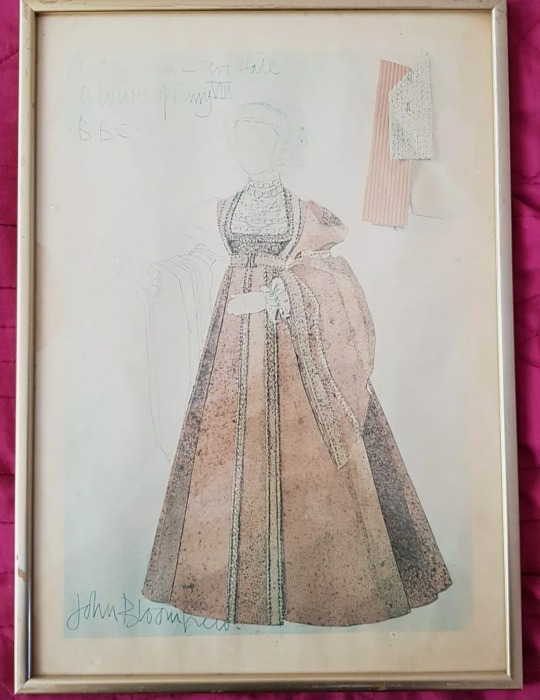

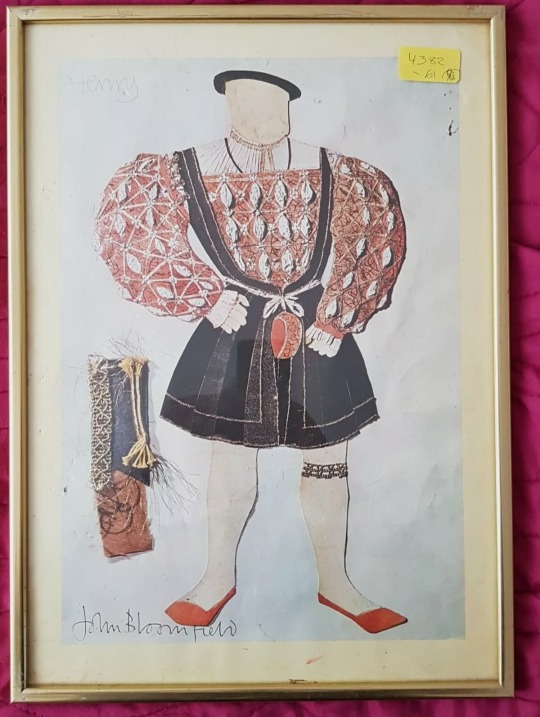
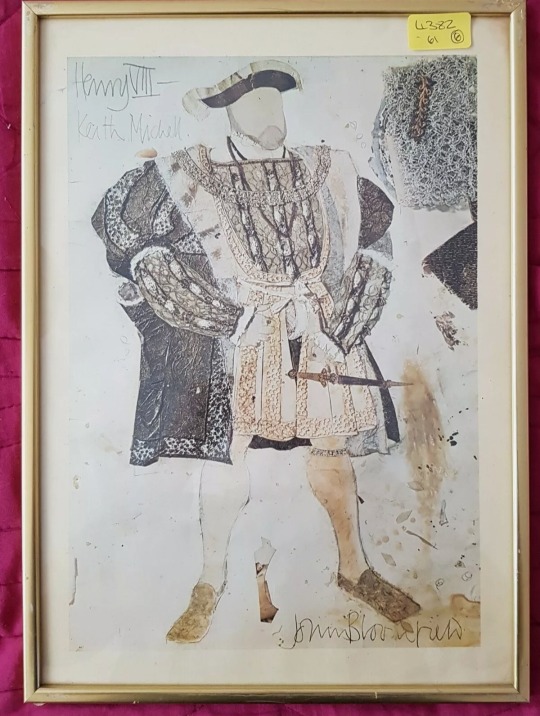

Xmas treat from ebay 🎄🎄The complete set of John Bloomfield's prints featuring the costumes from the 1970's BBC drama "The Six Wives of Henry VIII". The drama was one of the most successful the BBC made and features one of the most highly acclaimed portrayals of Anne Boleyn (Dorothy Tutin). A film version of the series was made 2 years later with some of the costumes being reused. 👑🌹❤
#the six wives of henry viii#henry viii#catherine of aragon#anne boleyn#jane seymour#anne of cleves#keith michell#annette crosbie#dorothy tutin#anne stallybrass#elvi hale#the tudors#tudors
19 notes
·
View notes
Text

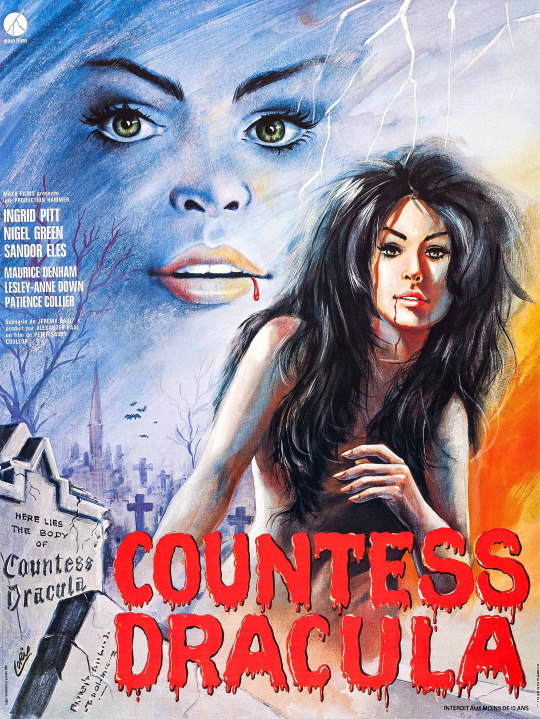
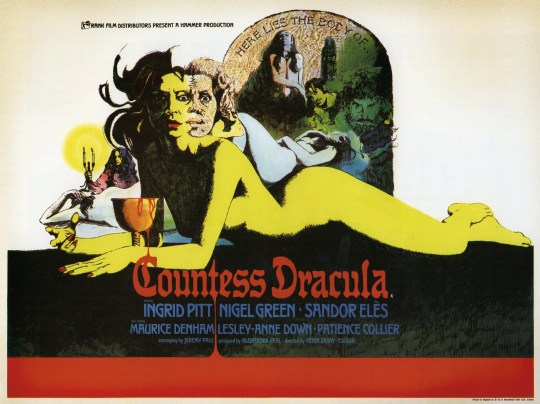
WATCHING
#countess dracula#countess Dracula (1971)#HAMMER FILMS#hammer horror#vampire#Sandor Elès#Maurice Denham#Patience Collier#Lesley-Anne Down#Peter Jeffrey#Leon Lissek#Andria Lawrence#Nike Arrighi#Marianne Stone#Charles Farrell#Anne Stallybrass#Ingrid Pitt#Nigel Green#Peter Sasdy#bathing in blood#occult#Elizabeth Báthory#Báthory Erzsébet#erzsébet báthory#Ferenc Nádasdy#blood countess#watching
2 notes
·
View notes
Photo

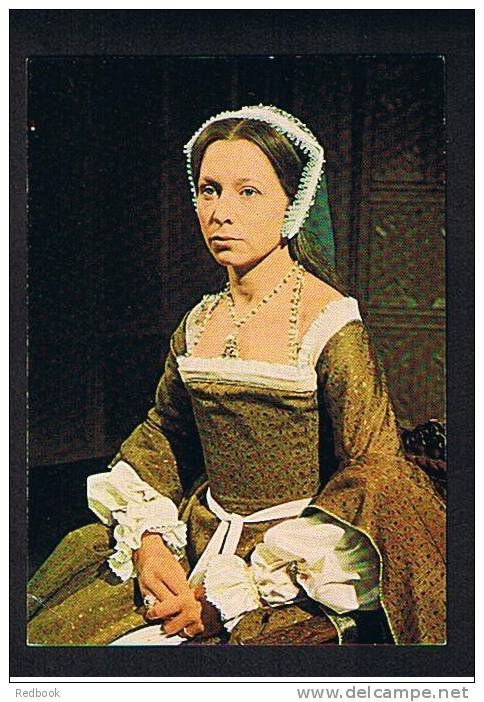

ANNE STALLYBRASS (1938-Died July 3rd 2021,at 82). English actress who trained at the Royal Academy of Music in London. The television roles for which she is best known are Jane Seymour in The Six Wives of Henry VIII (1970) and Anne Onedin in The Onedin Line (1971–1972).She was married to her Onedine Line co star Peter Gilmore,from 1987 to his death in 2013.https://en.wikipedia.org/wiki/Anne_Stallybrass
#Anne Stallybrass#British Actresses#English Actresses#Actresses#Actors#The Onedin Line#Peter Gilmore#Notable Deaths in July 2021#Notable Deaths in 2021
0 notes
Text
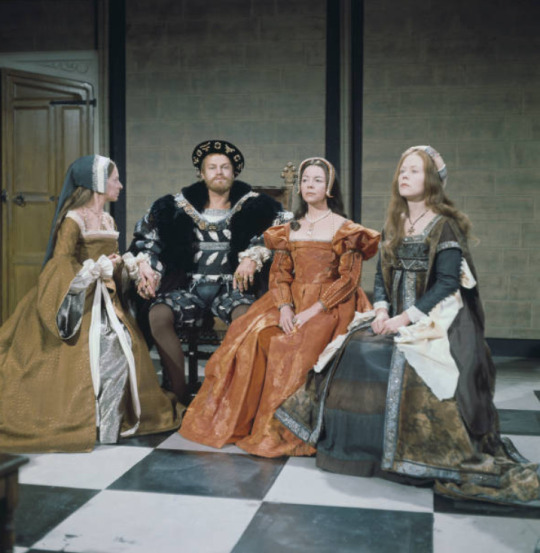
Jane Seymour (Anne Stallybrass), Keith Michell, (Henry VIII), Anne Boleyn (Dorothy Tutin) and Katherine of Aragon (Annette Crosbie) in the Six Wives of Henry VIII (1970)
I just really like this picture of Henry with his first three wives.
#six wives of henry viii#anne boleyn#jane seymour#katherine of aragon#tudor era#henry viii#the six wives of henry viii (1970)
87 notes
·
View notes
Text
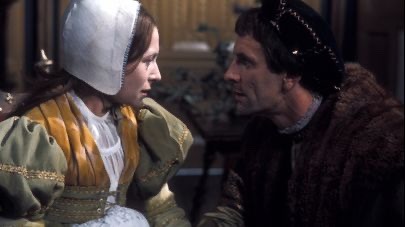
Anne Stallybrass as Queen Jane Seymour and Daniel Moynihan as Edward Seymour in The Six Wives of Henry VIII (1970)
#jane seymour#queen jane seymour#edward seymour#the six wives of henry viii#six wives of henry viii#six wives of Henry viii 1970#Anne Stallybrass#Daniel Moynihan#henry viii#vintage tv#bbc the six wives of henry viii#tudor history#the tudors#english history#tudor era#tudor rose#tudor england#tudor period#tudor dynasty#house of tudor#Tudor#wolf hall
16 notes
·
View notes
Photo

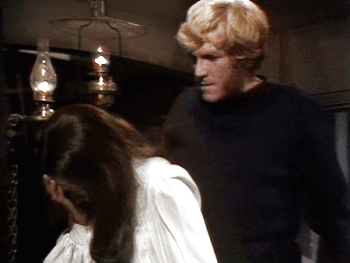
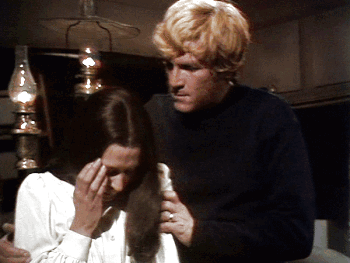
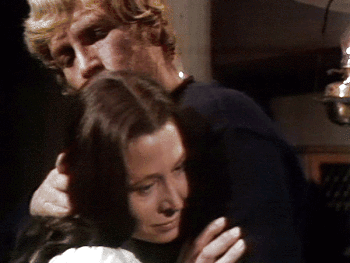
“Am I so unbecoming?” // “You might not find me so great a catch, either.”
#the onedin line#gif#peter gilmore#anne stallybrass#anne onedin#james onedin#anne onedin x james onedin#1970s#period drama#quotes#the wind blows free#marriage of convenience
18 notes
·
View notes
Text

#jane seymour edit#jane seymour#tudor queens#queen of england#henry viii#anne stallybrass#period drama#period drama edit#historical drama#aesthetic#filter credits: danysfilters on instagram#my edits
50 notes
·
View notes
Link
For just $3.99 David Copperfield Released December, 1969: Charles Dickens' famous British Coming-of-Age drama. Directed by: Delbert Mann Written by: Jack Pulman from the book by Charles Dickens. The Actors: Richard Attenborough Mr. Tungay, Laurence Olivier Mr. Creakle, Robin Phillips David Copperfield, Cyril Cusack Barkis, Edith Evans Aunt Betsy Trotwood, Pamela Franklin Dora Spenlow, Susan Hampshire Agnes Wickfield, Wendy Hiller Mrs. Micawber, Michael Redgrave Dan Peggotty, Ralph Richardson Mr. Micawber, Emlyn Williams Mr. Dick, Sinead Cusack Emily, James Donald Mr. Murdstone, James Hayter Porter, Megs Jenkins Clara Peggotty, Anna Massey Jane Murdstone, Andrew McCulloch Ham Peggotty, Nicholas Pennell Thomas Traddles, Corin Redgrave James Steerforth, Isobel Black Clara Copperfield, Donald Layne-Smith Mr. Wickfield, Christopher Moran Boy Steerforth, Jeffrey Chandler Boy Traddles, Kim Craik Child Emily, Helen Cotterill Mary Ann, Alastair Mackenzie Little David, Allison Blair girl, William Lyon Brown the doctor, Robert Lankesheer Mr. Sharp, Christine Ozanne midwife, Gordon Rollings the milkman, Vanessa Shaw the prostitute, Anne Stallybrass Martha Brian Tipping boy, George Woodbridge the Vicar. Runtime: 2 hours *** This item will be supplied on a quality disc and will be sent in a sleeve that is designed for posting CD's DVDs *** This item will be sent by 1st class post for quick delivery. Should you not receive your item within 12 working days of making payment, please contact us as it is unusual for any item to take this long to be delivered. Note: All my products are either my own work, licensed to me directly or supplied to me under a GPL/GNU License. No Trademarks, copyrights or rules have been violated by this item. This product complies withs rules on compilations, international media and downloadable media. All items are supplied on CD or DVD. On Dec-13-16 at 14:29:14 PST, seller added the following information:
0 notes
Text


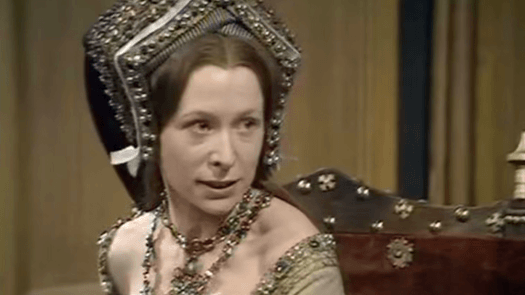

Anne Stallybrass as Jane Seymour in The Six Wives of Henry VIII (1970)
66 notes
·
View notes
Text

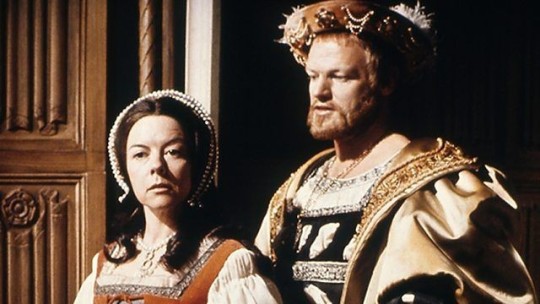






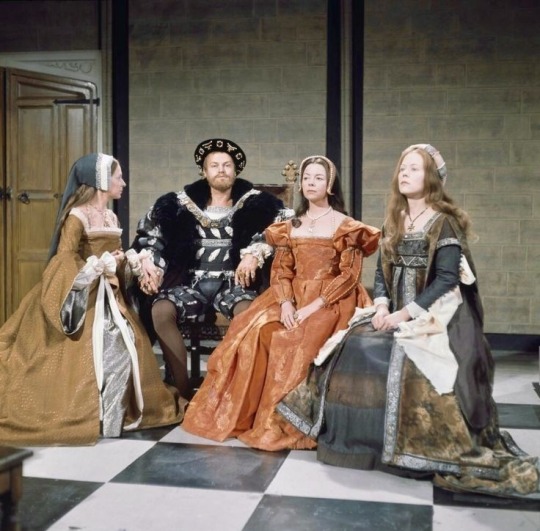
My all time favourite portrayal of Anne Boleyn - Dorothy Tutin in "The Six Wives of Henry VIII" Tutin was nominated for a BAFTA as Henry's second Queen. 👑
Last picture shows Henry with his first 3 wives - Catherine of Aragon played by Annette Crosbie Anne Boleyn played by Dorothy Tutin and Jane Seymour played by Anne Stallybrass. Henry was of course played by the legendary Keith Michell 👑
#anne boleyn#the lady anne#marquess of pembroke#queen of england#queen anne boleyn#the six wives of henry viii#henry viii#catherine of aragon#jane seymour#boleyn family#george boleyn#thomas howard#duke of norfolk#thomas cromwell#princess elizabeth#the lady mary#good christian people#1st june 1533#19th may 1536#keith michell#annette crosbie#dorothy tutin#anne stallybrass#so much better than the channel 5 abomination#this is how it should be done#probably the best anne boleyn on screen#magnificent drama#channel 5 wasn't even in the same league as these#channel 5 take note
29 notes
·
View notes
Text
I Am Not What I Play: Gender and Director’s Decisions in Trevor Nunn’s Twelfth Night (with a digression into music)
An essay I wrote for English class, discussing Trevor Nunn’s choices in direction in his Twelfth Night (1996). Because I was running out of ideas and wanted to focus on more than gender I tried to talk about music and ehhhh. This is the paper I thought was due earlier than it was. I’m going to go back and expand on it focusing on gender for funsies.
Trevor Nunn’s 1996 film version of Twelfth Night takes liberties with the order of events and dialog to first establish the story, which in the text begins in medias res, and then to emphasize the complicated aspects of gender and sexuality. From the very beginning, this reordering of the text underlines Viola’s gender performance, especially her transitions between female and male. In establishing the larger context of the time and lives of other characters, Nunn uses Shaun Davey’s score, and the songs present in the source text to reflect both the melancholy themes of grief and the merrymaking of Twelfth Night and the play’s humor.
The film begins not with Orsino’s iconic opening line “If music be the food of love, play on,” (1.1.1) but moments before the shipwreck that separates Viola and Sebastian. A poetic narration by Ben Kingsley, who plays Feste, establishes the backstory—a ship on the way to Massaline is trapped in a storm. Below deck, the passengers are entertained by exotically-dressed singers performing Feste’s song from 2.3. They are then revealed to be Viola and Sebastian in multiple layers of drag. Both are presented as androgynous, whereas in the text Sebastian’s gender identity never factors into the story.
In her article “Nunn’s Sweet Transvestite: Desiring Viola in Twelfth Night,” Catherine Thomas sees this as an example of the prosthetic nature of gender. “The exchange of veils and moustaches becomes symbolic of Olivia’s later unveiled sexuality and Viola’s disguise, both of which are embodied by the figure of Cesario.” (Thomas 311) According to Stallybrass, as quoted in Thomas, “...All attempts to fix gender are necessarily prosthetic: that is, they suggest the attempt to supply an imagined deficiency by the exchange of male clothes for female clothes or of female clothes for male clothes.” (Stallybrass 77; 308) Gender appears to be defined by a character’s dress.
Nunn does just this in his extended opening. Viola is seen removing her feminine clothing and, assisted by the ship captain, becomes Cesario by cutting her hair, binding her chest, and applying the false mustache. This scene is not in the source text. All that is said of her female clothes is that they are with the ship captain, and this is only brought up at the end of the play (5.1.272-273). According to Thomas, Viola/Cesario is subjected in the dressing scene to the male gaze of the captain, establishing early on that Viola/Cesario is desirable (Thomas 312). She is attractive to both men and women, as Olivia and Orsino both fall in love with Cesaro.
Nunn and Toby Stephens play up Orsino’s attraction to Cesario. While the ending seems to reinforce a heteronormative order, it is difficult for the audience to forget that Orsino was attracted to Cesario before he was revealed to be Viola. There is no indication in the text that Orsino and Cesario are intimately close in the scene where Feste sings for them (2.4.41-65), but in this performance they not only sit close together, they nearly kiss. It is up to the audience to decide whether Orsino is in love with Viola-as-Cesario or Cesario himself. This question of how Orsino sees Viola/Cesario is brought up in the text. In the final scene, after Cesario is revealed to be Viola, Orsino appears to still see her—or him—as Cesario. He calls the youth “boy” (5.1.265), even as he asks to see her in her “woman’s weeds” (5.1.271). Soon he says “You shall from this time be/Your master’s mistress” (5.1.322), acknowledging her as female, but in his final lines says “Cesario, come—/For so you shall be while you are a man./But when in other habits you are seen, Orsino’s mistress, and his fancy’s queen.” Orsino addresses Cesario because he still thinks of him as a man (5.1.380-383)
Twelfth Night, the feast of the Epiphany, is traditionally a time of festivity. Twelfth Night, the play, takes place during a time of mourning for three characters. Both joy and melancholy are reflected in the music. Nunn chose to have Cesario play the piano for Orsino in the “If music be the food of love” scene. Feste sings a love song, the one used in the opening, which devolves into raucous singing which alerts Malvolio. Feste, fool and resident crooner later sings for Orsino and Cesario and ends the play with a song. Songs and musical themes are repeated throughout the movie, tying everything together.
Ann Jennalie Cook’s article “Off the Book: Extra-Textual Effects in Trevor Nunn’s Twelfth Night” says the ever-present music “signals [Nunn’s] homage to excess of [the film’s motifs]” (Cook 82). Music evokes emotion and enhances the scenes. Malvolio is overjoyed with discovering the prank letter and the music is appropriately happy and lighthearted, while the song Feste sings for Orsino and Cesario is at once romantic and sad. The song moves them to nearly kiss and then may be in part what causes him to deliver his next part in a burst of frustrated passion where there is no suggestion for emotion in the text. In another contrast, the noisy party in the kitchens held by Sir Toby, Sir Andrew, Feste, and Mariah alerts Malvolio, who hates fun, especially at night, and they continue the music to get him to leave. This music reminds the audience that there is still fun to be had. Music swells at the most emotional moments, as with Viola and Sebastian’s reunion, lending an epic quality to the story.
The music splits the world into parts. The drunken party—aptly likened to “a music hall routine” (Cook 83) is far removed from the elegant piano of Orsino’s and Olivia’s upper-class homes, emphasizing the differences of both class and behavior. Sir Toby and Sir Andrew, however useless they may be, are supposed to be knights, and above this sort of raucous sport. Feste, the fool, first plays a melancholy love song for Sir Toby, Sir Andrew, and Mariah, then joins the merrymaking, playing accordion and piano, adding to the insanity. He later plays another love song, for Orsino and Cesario, now associating with a completely different sort of company. The music is appropriate for the occasions and the people. The double wedding at the end is also accompanied by music, somewhat more restrained but no less joyful as the revelry in the kitchens.
Trevor Nunn’s version of Twelfth Night interprets the text in such a way that the audience must seriously contemplate the elements of gender and sexuality—what makes Viola female and Cesario male? Is Orsino bisexual?—and plays up these situations, adding the dressing scene and having Orsino and Cesario nearly kiss. Nunn also uses the music, both the songs in the play and the film score to reflect the emotions of characters and the contrasts of sorrow and joy. Both the questions of gender and sexuality and the prevalence of music are based on the director’s interpretation of the text, which while not always strictly by the book builds this particular incarnation of Ilyria.
Works Cited
Cook, Anne Jennalie. "Off the Book: Extra-Textual Effects in Trevor Nunn's Twelfth Night." Shakespeare and the Mediterranean: the selected proceedings of the International Shakespeare Association World Congress, Valencia, 2001, 2004, pp. 75-88.
Nunn, Trevor. "Twelfth Night or What You Will." BBC Films, 1996.
Shakespeare, William. "Twelfth Night." The Norton Anthology of English Literature, edited by Stephen Greenblatt, vol. B, W. W. Norton & Company 2012.
Thomas, Catherine. "Nunn's Sweet Transvestite: Desiring Viola in Twelfth Night." The Journal of Popular Culture, vol. 41, no. 2, 2008, pp. 306-320.
#twelfth night#shakespeare#shakespeare analysis#queer literature#yeah this doesn't really make sense#so sue me
8 notes
·
View notes